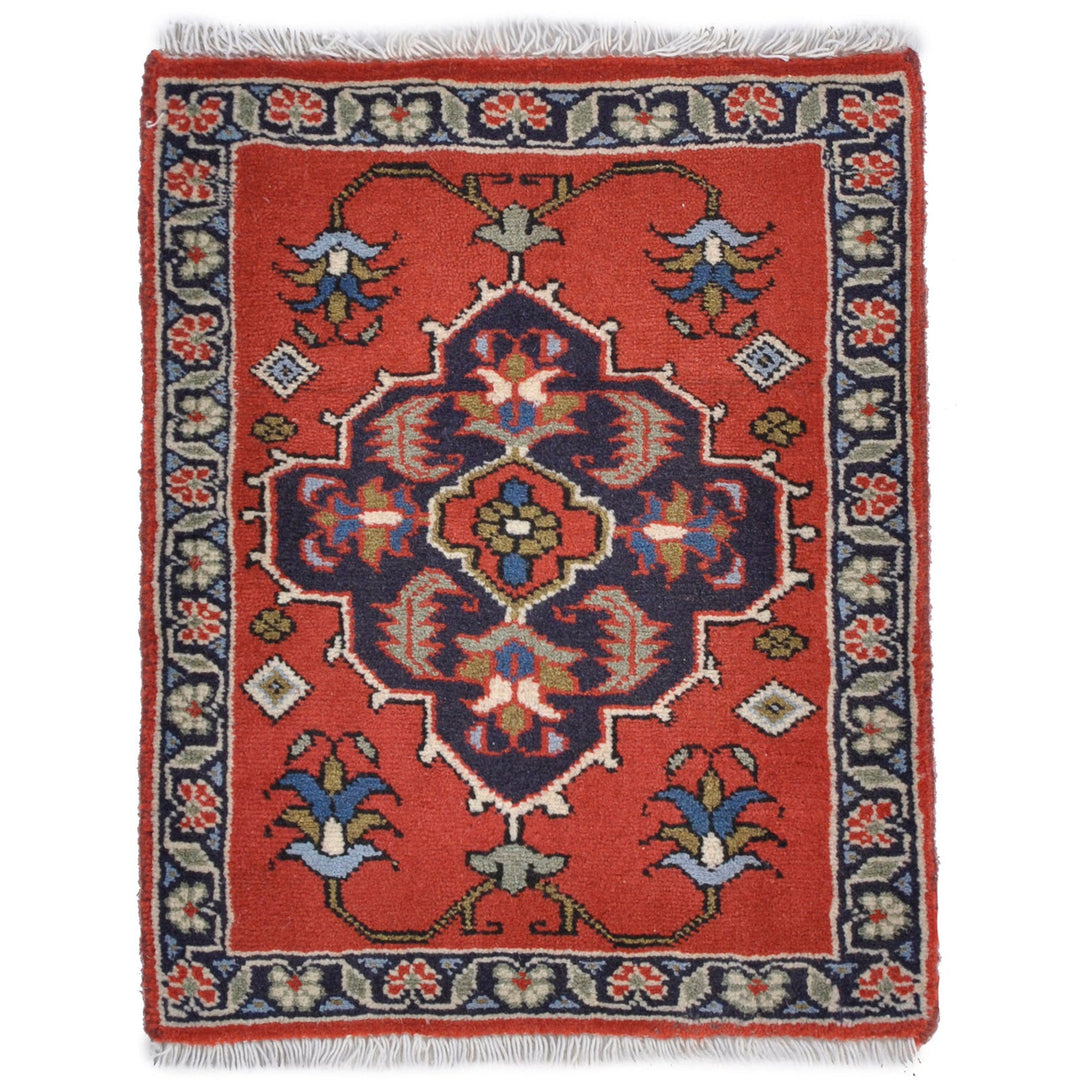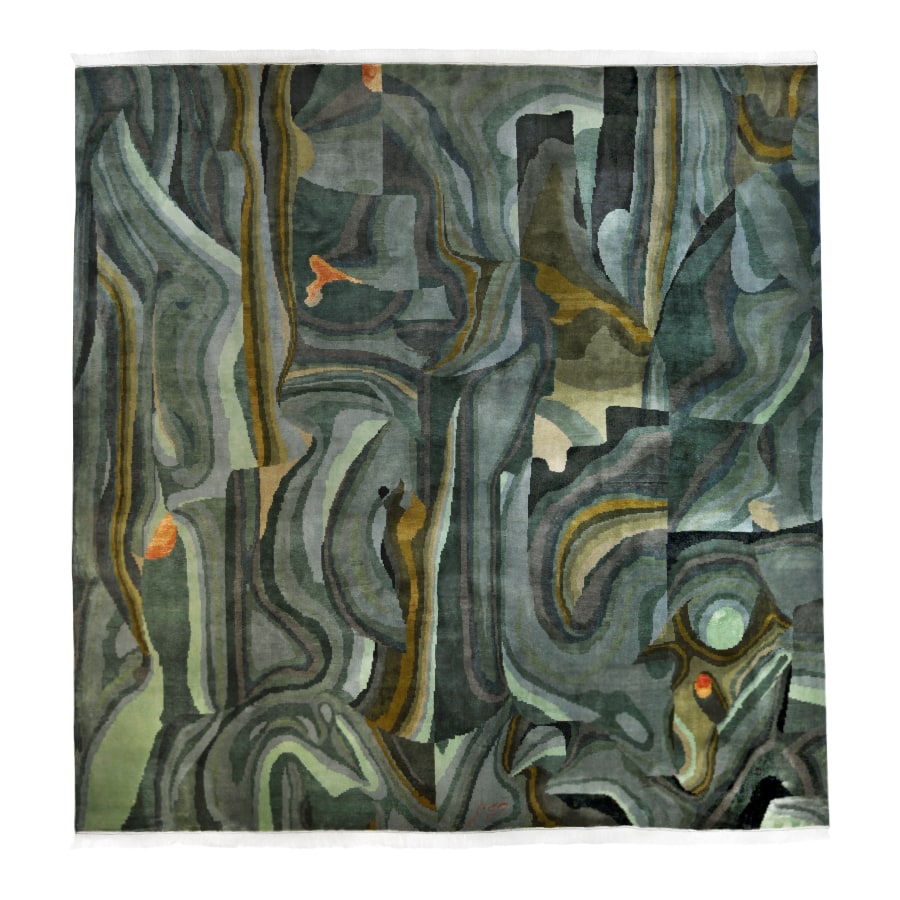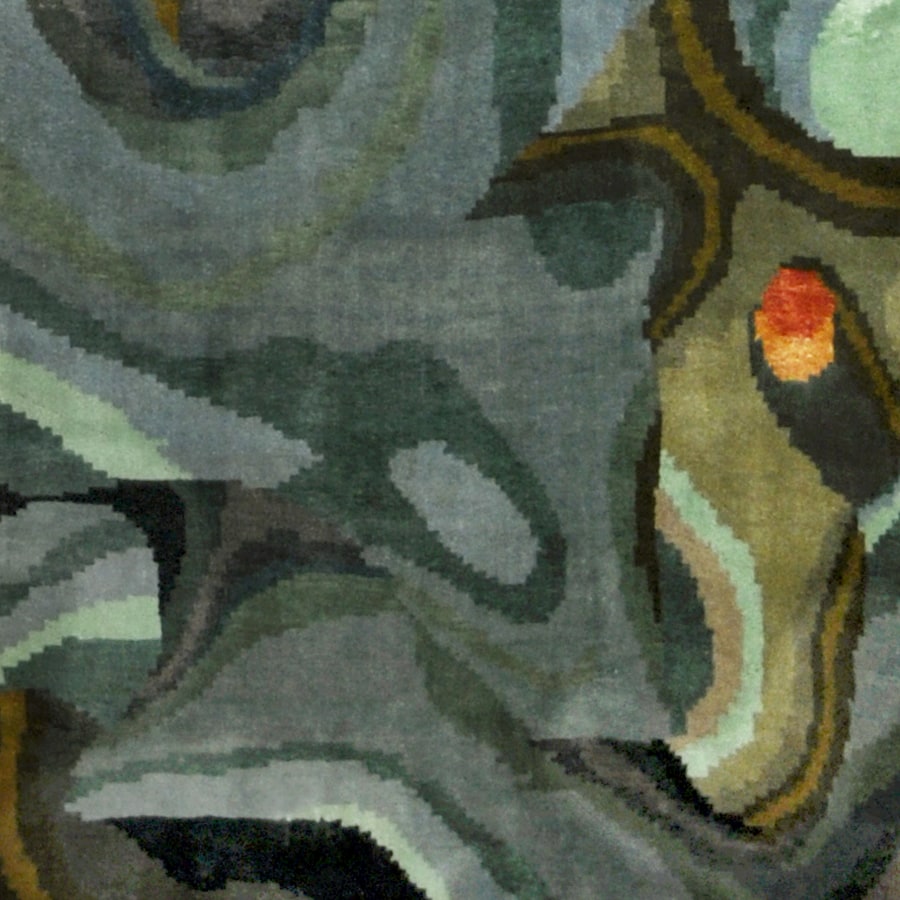Persian rugs are not just floor coverings; they are works of art that carry with them centuries of tradition, craftsmanship and a cultural treasure that has captivated the world.
The history of Persian carpets spans thousands of years and has its roots in ancient Persia (present-day Iran). This art form dates back to the 6th century BC and has evolved over time into one of the most respected and sought-after textile arts in the world.
Persian rugs have a rich heritage of traditional handcraft, with skilled weavers using centuries-old methods and techniques to create each individual rug. This is an art that has been passed down from generation to generation, and it carries with it a deep understanding of patterns, colors and materials.
Each Persian rug is like a map of its creator's imagination. The rich and complex patterns tell stories of cultural, historical and artistic influences. Each rug is unique and has its own story to share.
Persian rugs are renowned for their world-class craftsmanship. Each thread is carefully selected and hand-woven with precision. This results in an unmatched quality and durability that allows Persian rugs to last for generations.
Persian rugs are available in a variety of styles, including Keshan, Isfahan, Kashan and many more. This diversity allows you to find a rug to suit your decor and taste. Persian rugs are known for their vibrant and natural colors produced using traditional dyes. They are often used with materials such as wool, silk and cotton, which provide unparalleled softness and comfort.
Every Persian rug carries with it a part of Persian culture. They can contain symbols, patterns and motifs that have a deep meaning and can be a valuable source of cultural understanding.
Persian rugs are more than just floor coverings; they are an invitation to experience some of the world's oldest art forms. When you own a Persian rug, you own a piece of history, a treasure that has survived centuries of change and still holds its place as one of the world's most extraordinary works of art.
















